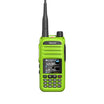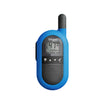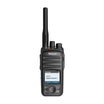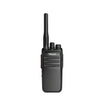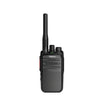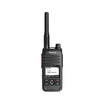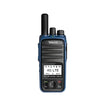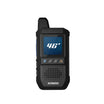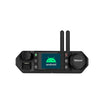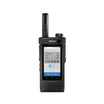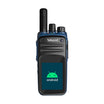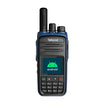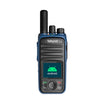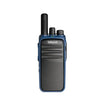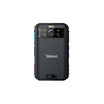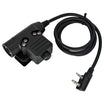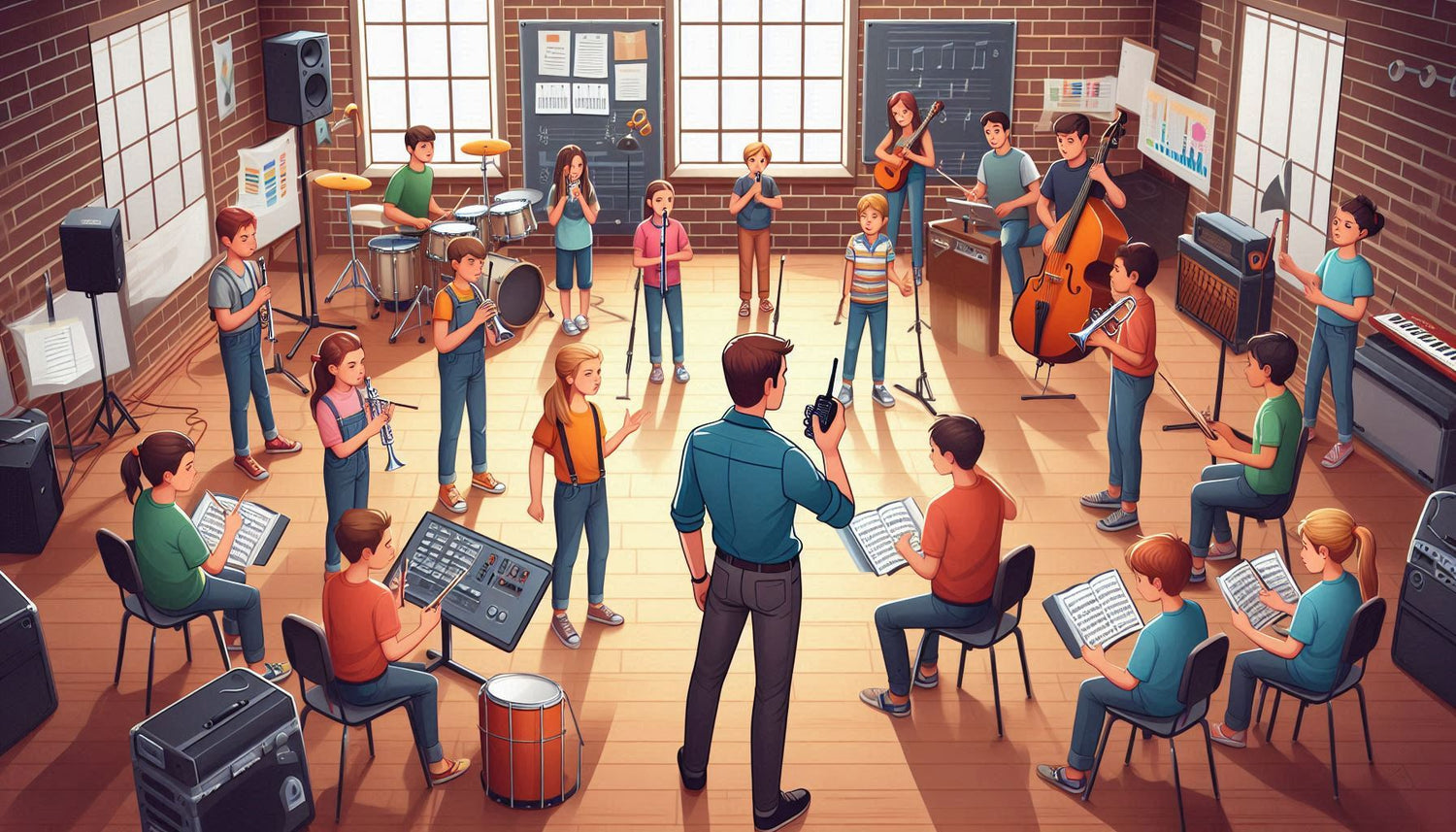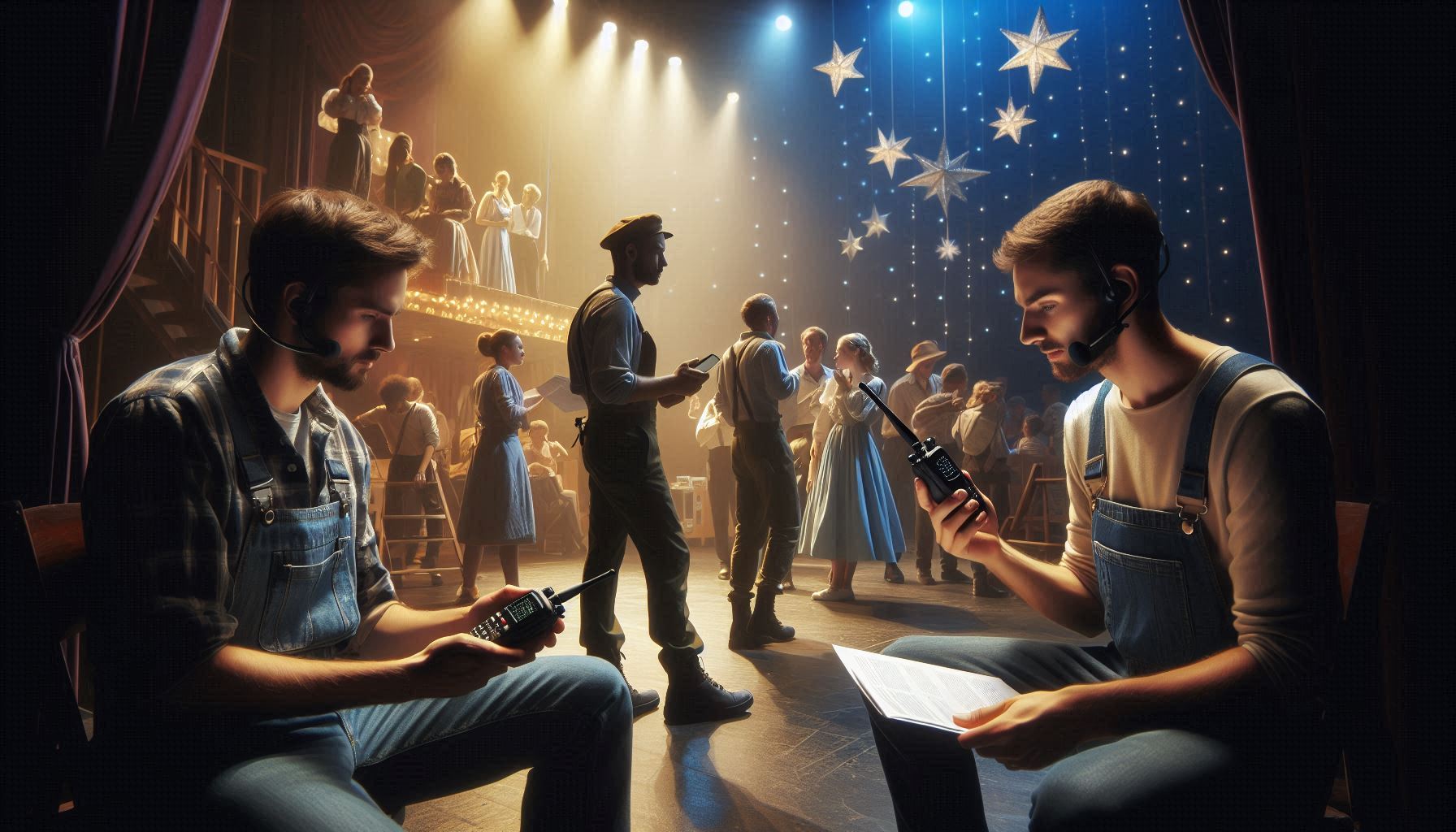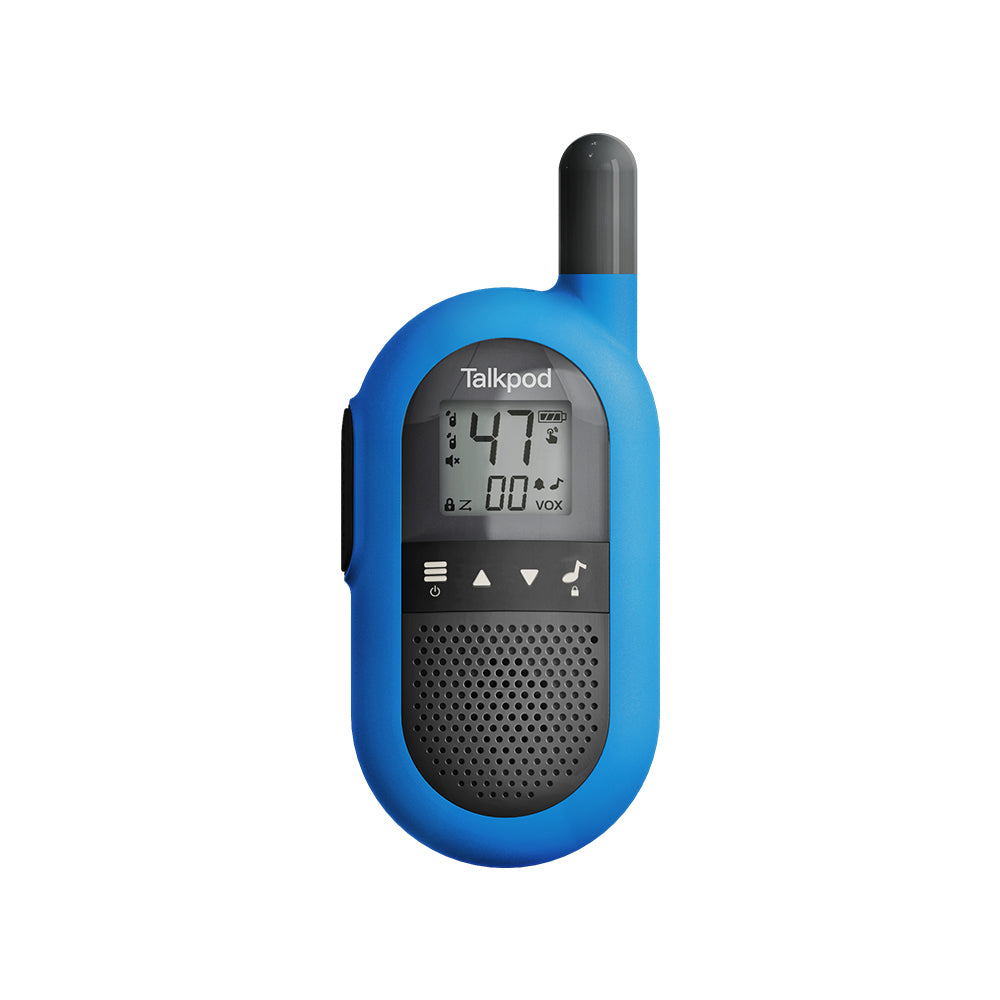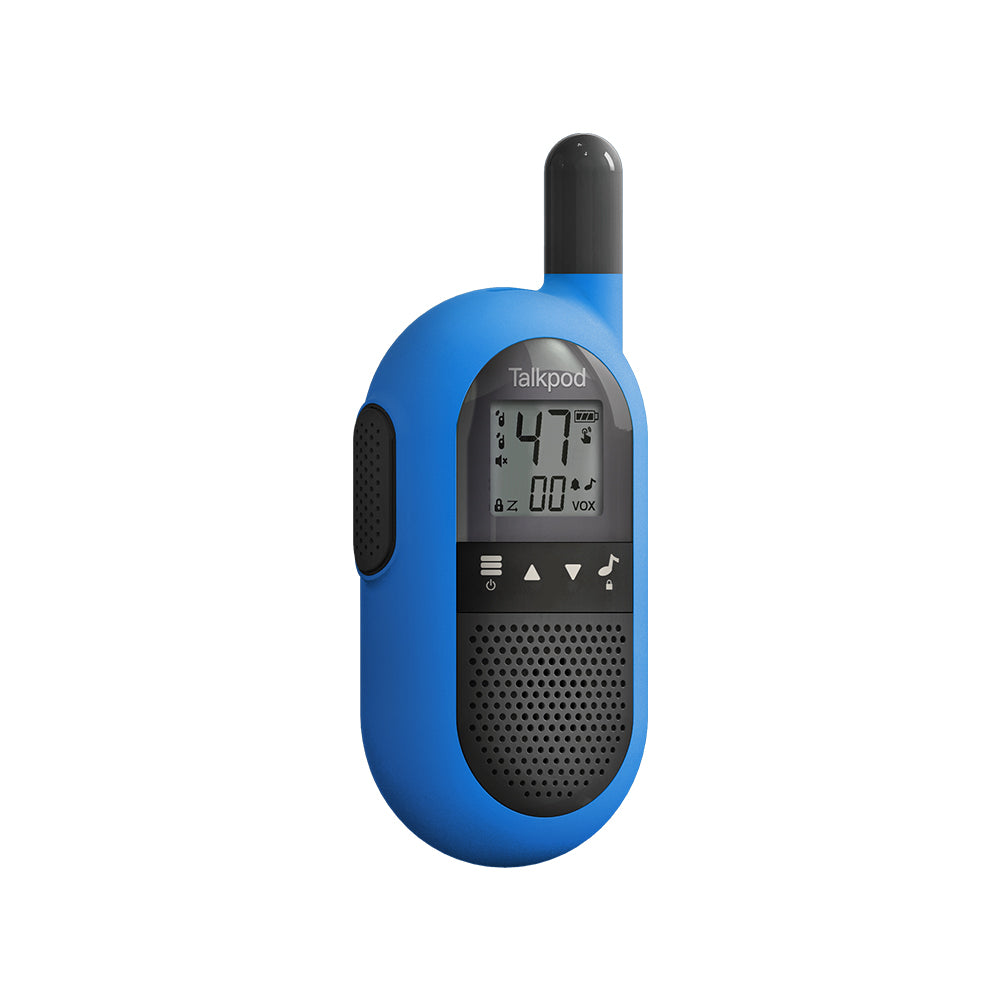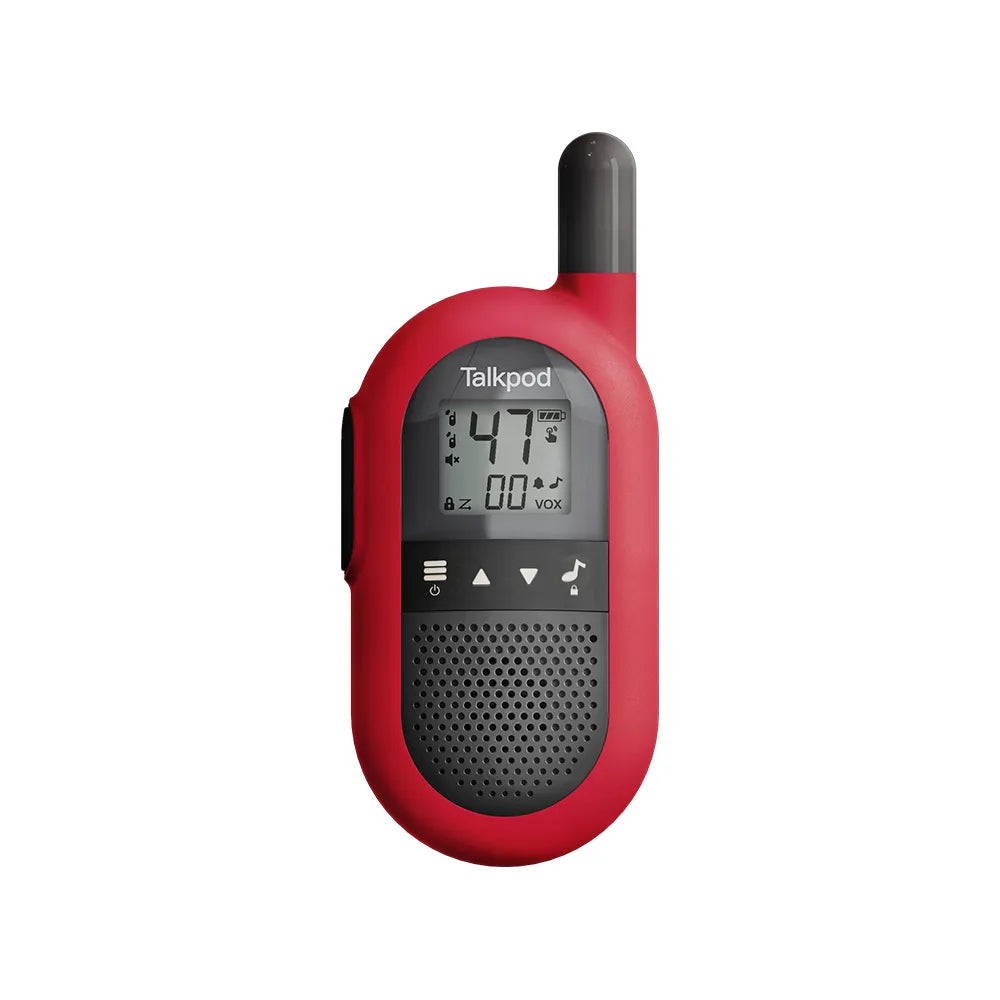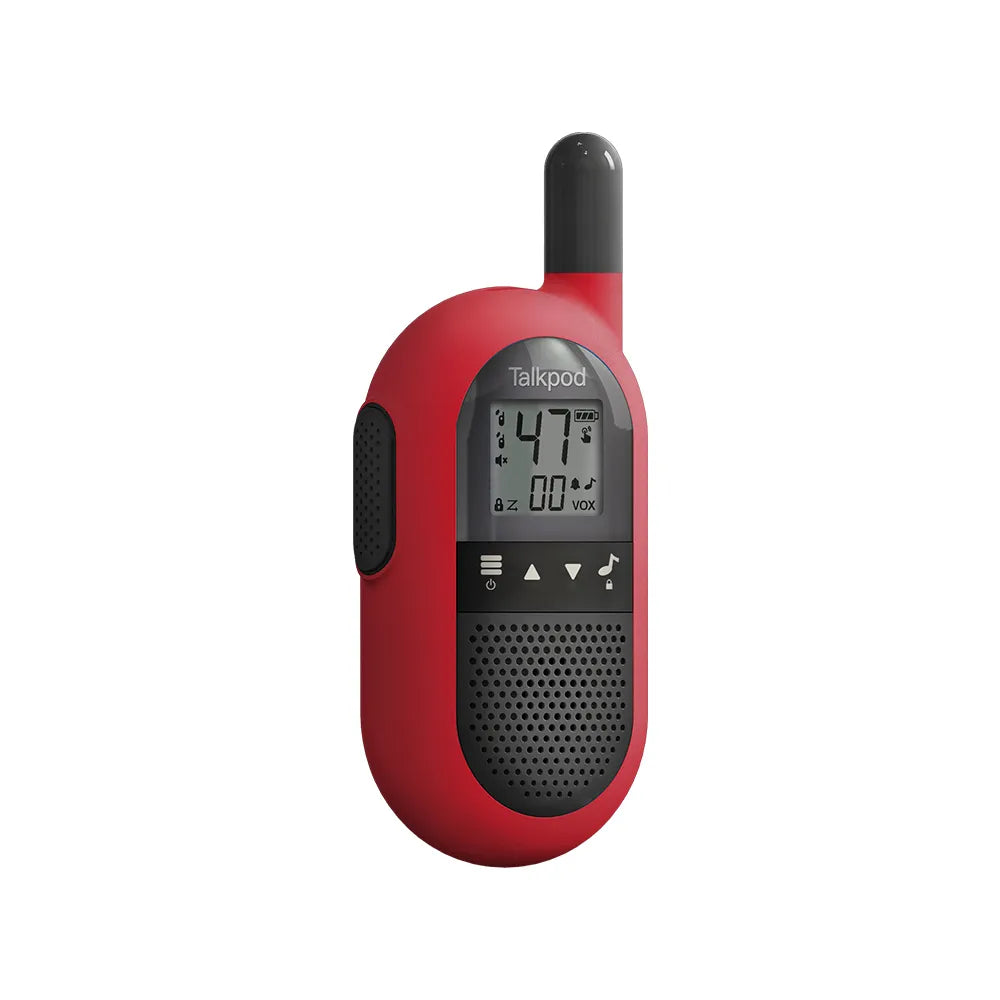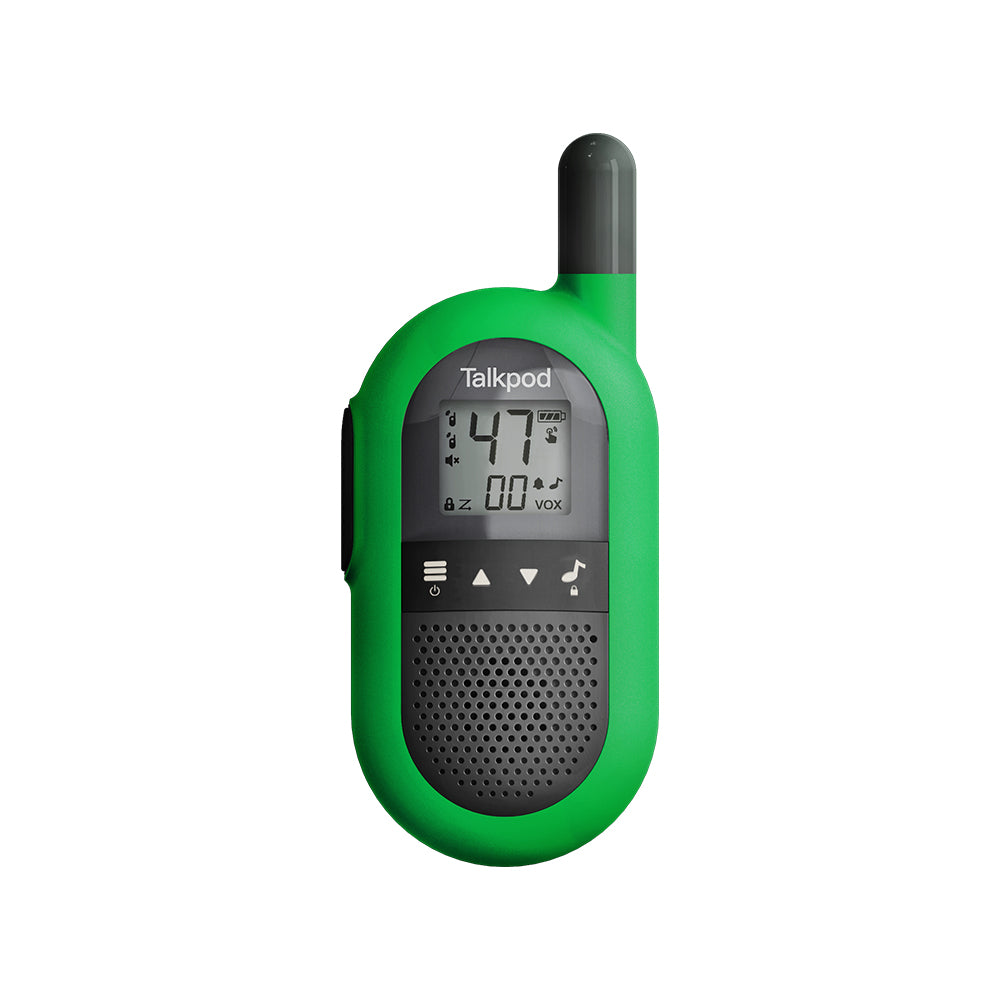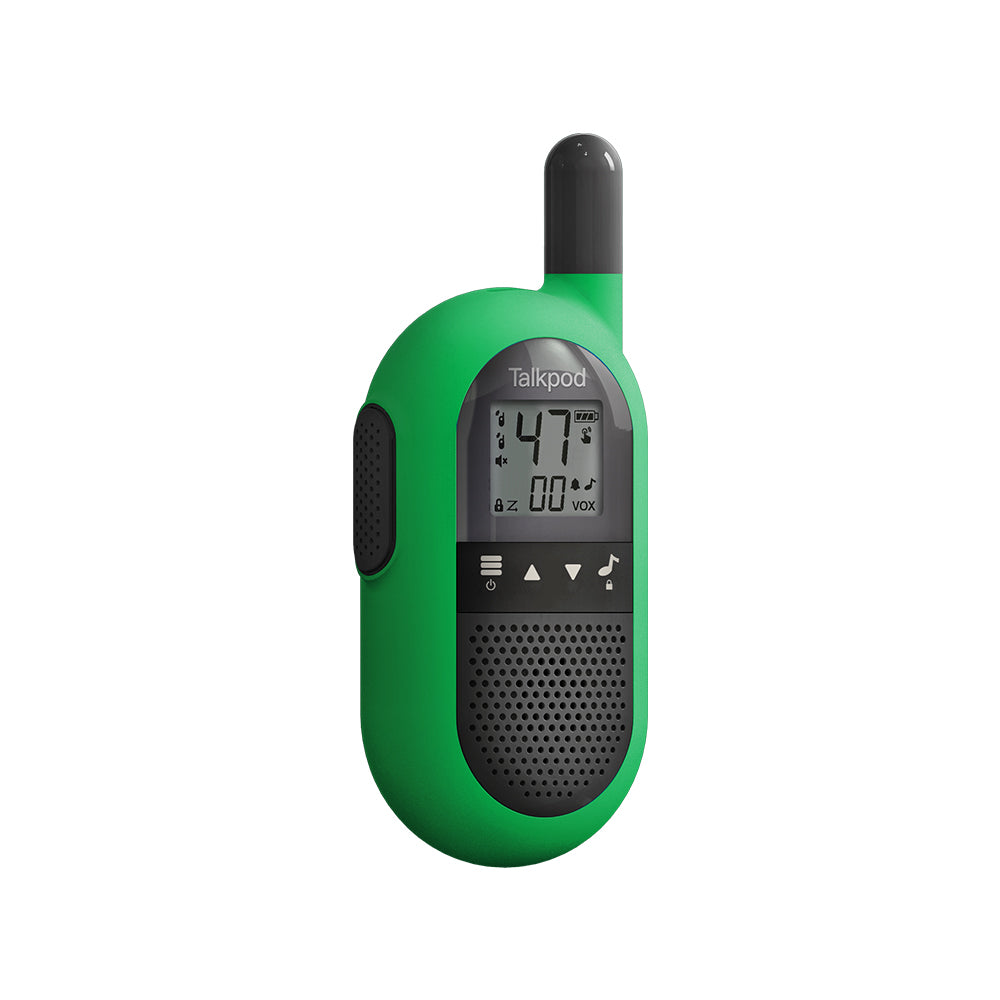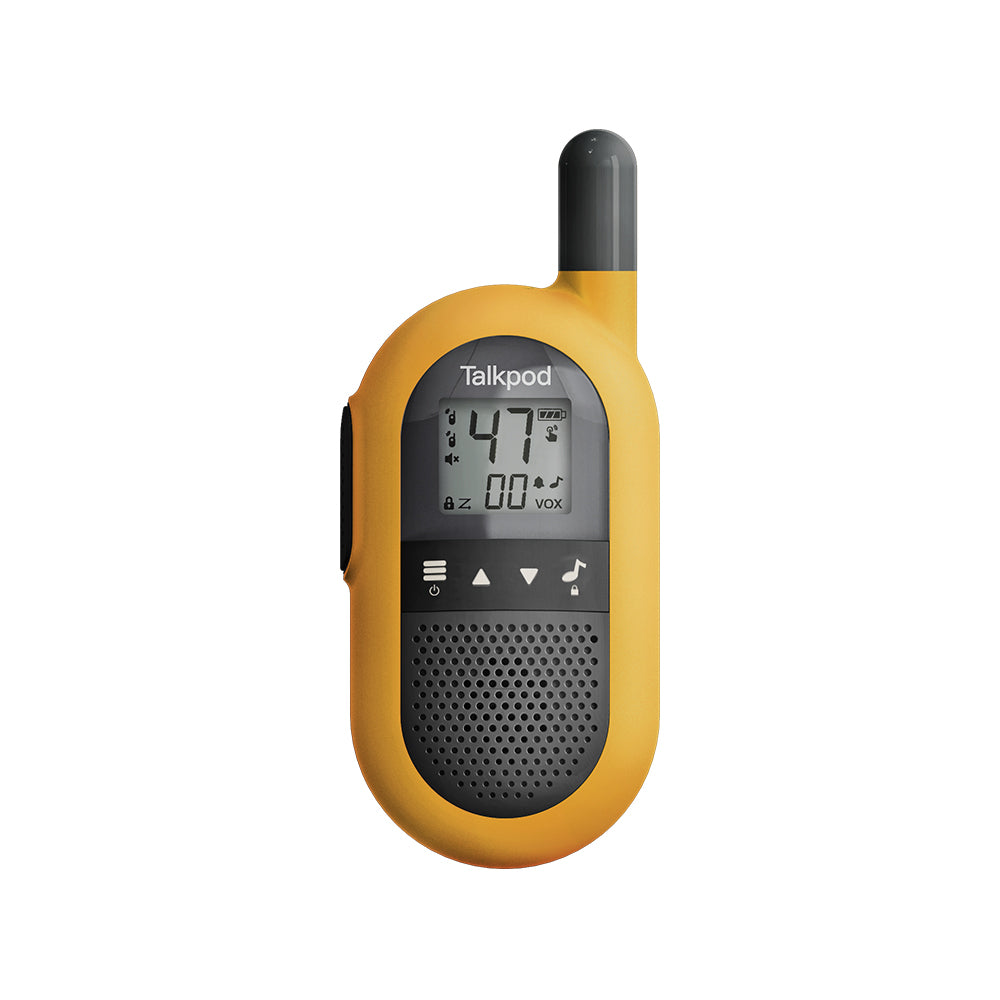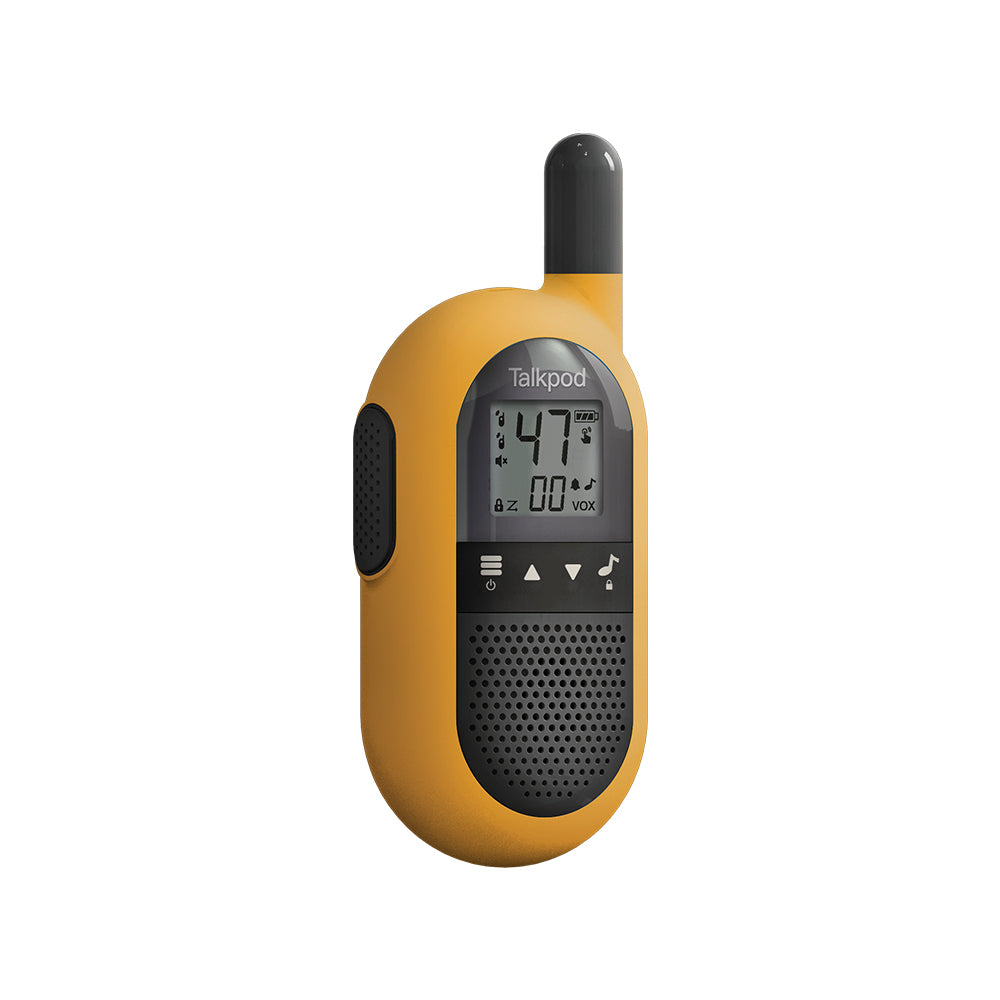Music rehearsals, whether for bands or choirs, require precision, coordination, and seamless communication. Achieving synchronized beats and actions is crucial for a polished performance, but it can be challenging, especially when working with children. Enter walkie-talkies—a simple yet powerful tool that can transform music rehearsals by helping kids synchronize rhythms and movements. In this article, we’ll explore how walkie-talkies can be used to enhance music rehearsals and foster teamwork among young musicians.
1. Real-Time Communication for Beat Synchronization**
Walkie-talkies excel at providing instant communication, making them ideal for synchronizing beats during rehearsals:
- **Conducting from a Distance:** A conductor or leader can use a walkie-talkie to send beat signals or tempo adjustments to band members or choir singers. For example, the conductor can say, “Starting at 120 BPM—ready, go!” ensuring everyone starts together.
- **Cueing Actions:** Walkie-talkies can be used to cue specific actions, such as changing instruments, moving to a new position on stage, or transitioning between sections of a song. This ensures that everyone stays in sync visually and musically.
2. Overcoming Spatial Challenges**
In many music rehearsals, band members or choir singers are spread out across a large space. Walkie-talkies help bridge this gap by ensuring everyone hears the same cues:
- **Wireless Connectivity:** Modern walkie-talkies offer long-range wireless communication, allowing even those at the far ends of the room to hear instructions clearly.
- **Multi-Point Coordination:** If multiple groups are rehearsing simultaneously (e.g., vocalists and instrumentalists), walkie-talkies can help coordinate their efforts, ensuring seamless integration.
3. Improving Rehearsal Efficiency**
Walkie-talkies streamline the rehearsal process, saving time and reducing frustration:
- **Quick Adjustments:** If a section of the song isn’t coming together, the conductor can use a walkie-talkie to provide immediate feedback or make adjustments without stopping the entire rehearsal.
- **Reducing Repetitions:** By ensuring everyone starts and stops together, walkie-talkies minimize the need for repeated takes, keeping rehearsals focused and efficient.
**4. Fostering Teamwork and Collaboration**
Music is inherently a collaborative art form, and walkie-talkies can strengthen teamwork among young musicians:
- **Building Trust:** Knowing that they can rely on real-time communication through walkie-talkies helps children feel more confident and less anxious during rehearsals.
- **Encouraging Active Listening:** Walkie-talkies emphasize the importance of listening carefully to cues and instructions, a skill that translates directly into better musical performance.
**5. Applications Beyond Band Rehearsals**
Walkie-talkies aren’t limited to band rehearsals—they can also be used in other music-related activities:
- **Choir Practices:** Choir directors can use walkie-talkies to cue vocal sections, adjust tempos, or provide feedback on harmonies.
- **Dance-Music Collaborations:** In performances that combine dance and music, walkie-talkies can help choreographers and musicians coordinate movements and beats seamlessly.
**6. Combining Technology with Creativity**
Walkie-talkies offer opportunities to integrate technology into music education, sparking creativity among children:
- **Creative Cues:** Musicians can experiment with sending creative cues through walkie-talkies, such as mimicking animal sounds or using funny phrases to signal specific actions.
- **Interactive Learning:** Walkie-talkies can be used in music theory lessons to teach concepts like rhythm, tempo, and syncopation in an engaging, hands-on way.
**7. Ensuring Safety and Comfort**
Safety and comfort are essential during rehearsals, especially for children. Walkie-talkies can help address these concerns:
- **Non-Intrusive Monitoring:** Conductors can monitor rehearsals from a distance without invading personal space, creating a more comfortable environment for young musicians.
- **Volume Control:** Many walkie-talkies come with adjustable volume settings, ensuring that cues are heard clearly without overwhelming sensitive ears.
**8. Preparing for Performances**
Walkie-talkies aren’t just for rehearsals—they can also be used during live performances to ensure everything runs smoothly:
- **Stage Management:** Backstage crew can use walkie-talkies to communicate with performers during transitions, ensuring seamless shifts between songs or acts.
- **Emergency Backup:** If a musician forgets their lyrics or an instrument malfunctions, a quick message via walkie-talkie can help resolve the issue discreetly.
**9. Case Studies: Success Stories**
Real-world examples demonstrate the effectiveness of walkie-talkies in music rehearsals:
- **School Band Success:** A middle school band struggling with synchronization issues saw significant improvement after incorporating walkie-talkies into their rehearsals. The conductor could cue sections and adjust tempos in real time, leading to a more cohesive performance.
- **Choir Competition Victory:** A high school choir used walkie-talkies to coordinate their movements and harmonies during a regional competition. Their ability to stay perfectly in sync earned them top honors.
**10. Tips for Effective Use**
To maximize the benefits of walkie-talkies in music rehearsals:
- **Choose the Right Equipment:** Select walkie-talkies with clear audio quality, sufficient range, and durable construction to withstand frequent use.
- **Practice Etiquette:** Teach children how to use walkie-talkies respectfully, such as speaking clearly and avoiding unnecessary chatter.
- **Incorporate Them Gradually:** Start by using walkie-talkies for simple cues and gradually introduce more complex functions as children become comfortable.
**Conclusion**
Walkie-talkies are more than just toys—they are versatile tools that can revolutionize music rehearsals for children. By enabling real-time communication, overcoming spatial challenges, and fostering teamwork, they help young musicians achieve synchronized beats and actions with ease. Whether in band practices, choir rehearsals, or dance-music collaborations, walkie-talkies are a valuable addition to any music educator’s toolkit.
So why not give walkie-talkies a try in your next music rehearsal? With their simplicity and effectiveness, they might just be the secret ingredient your young musicians need to shine! 🎶🎧






